
Photoshoot at the beach

(APRIL 2024) 1st LAUNCH
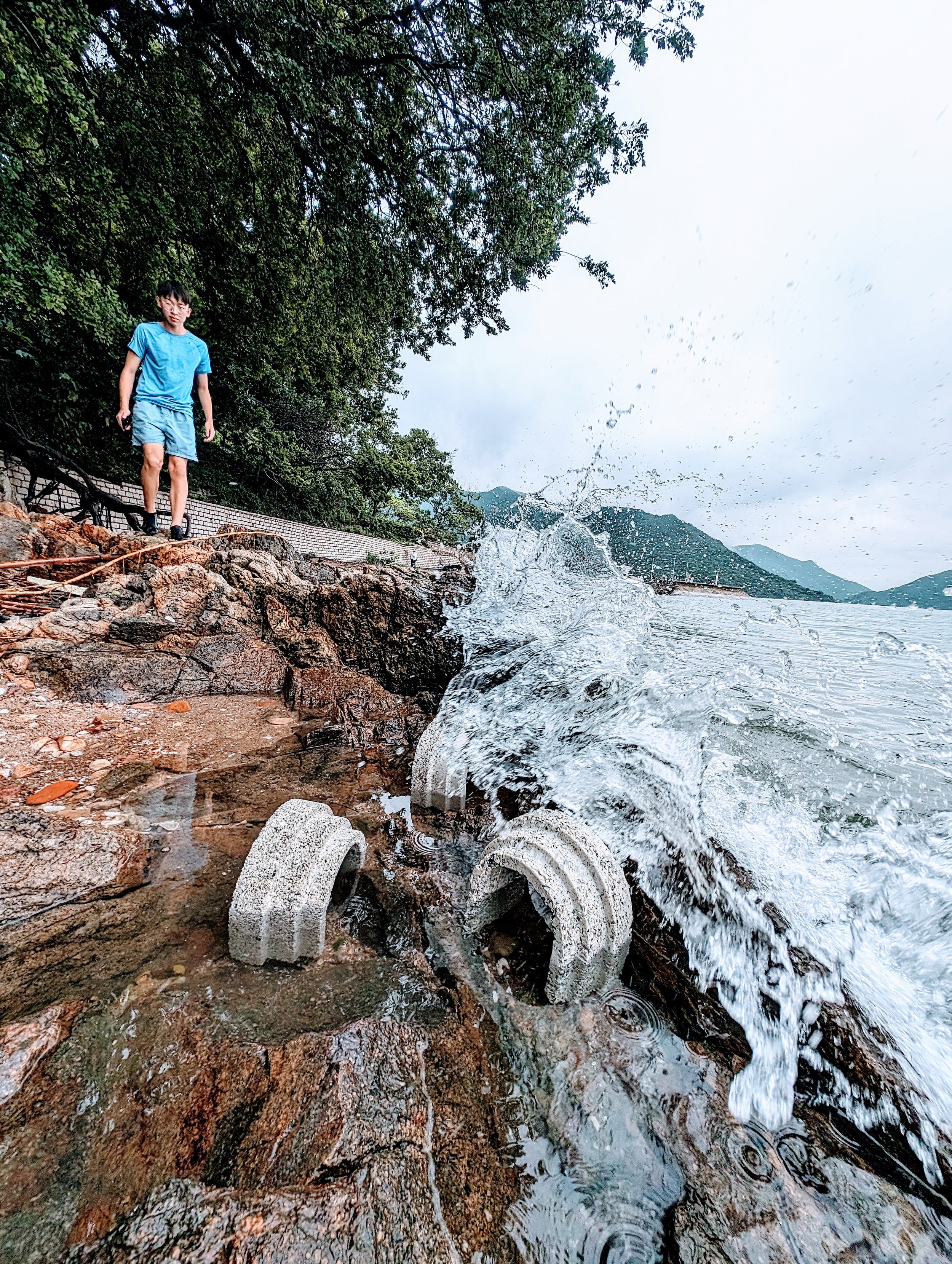
I experimented with the placement of the arches and located them in a shallow tidepool for easy monitoring.
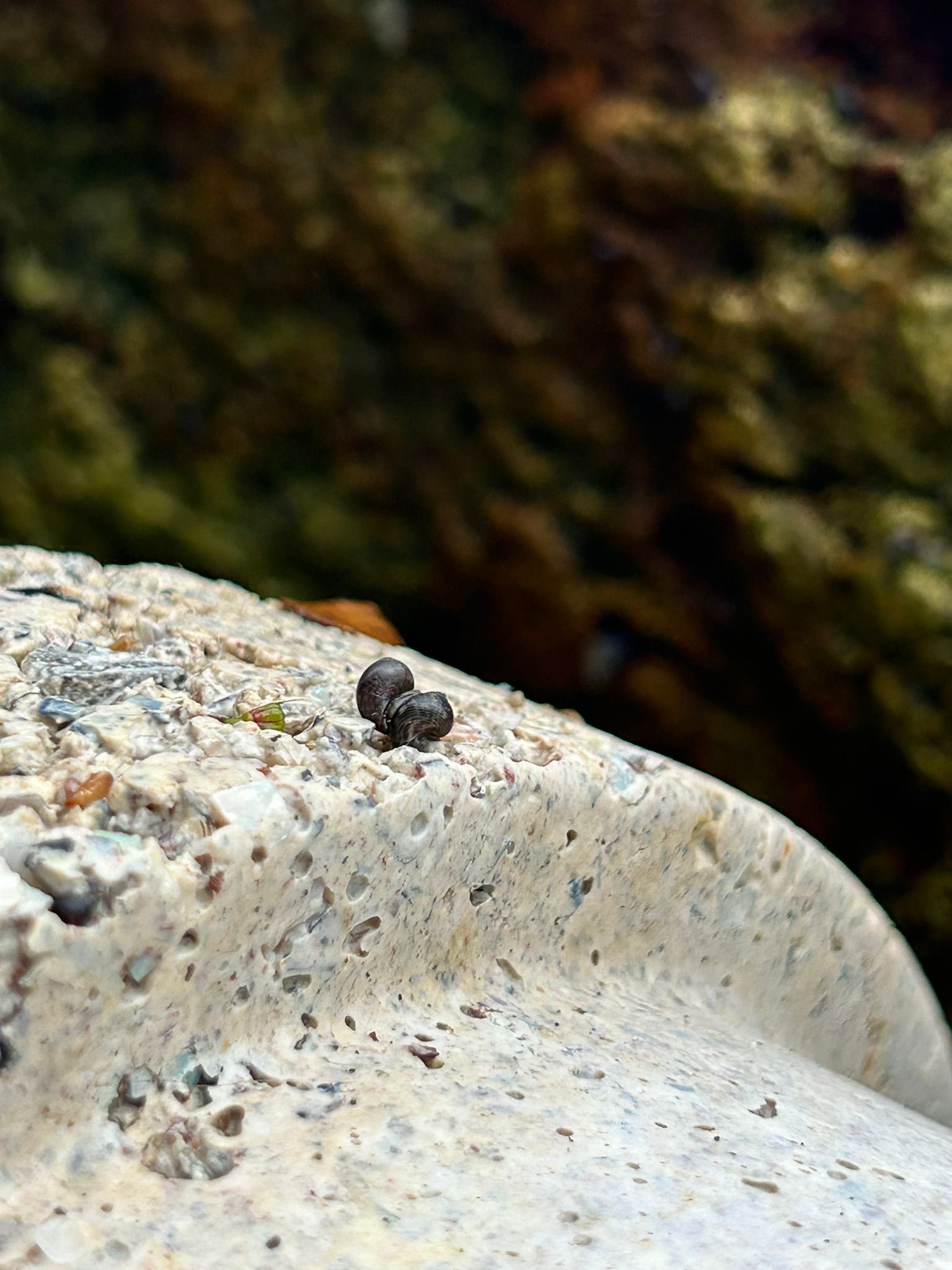
ATTRACTING SNAILS... Is it because of the calcium carbonate? It was too early to grow algae then...
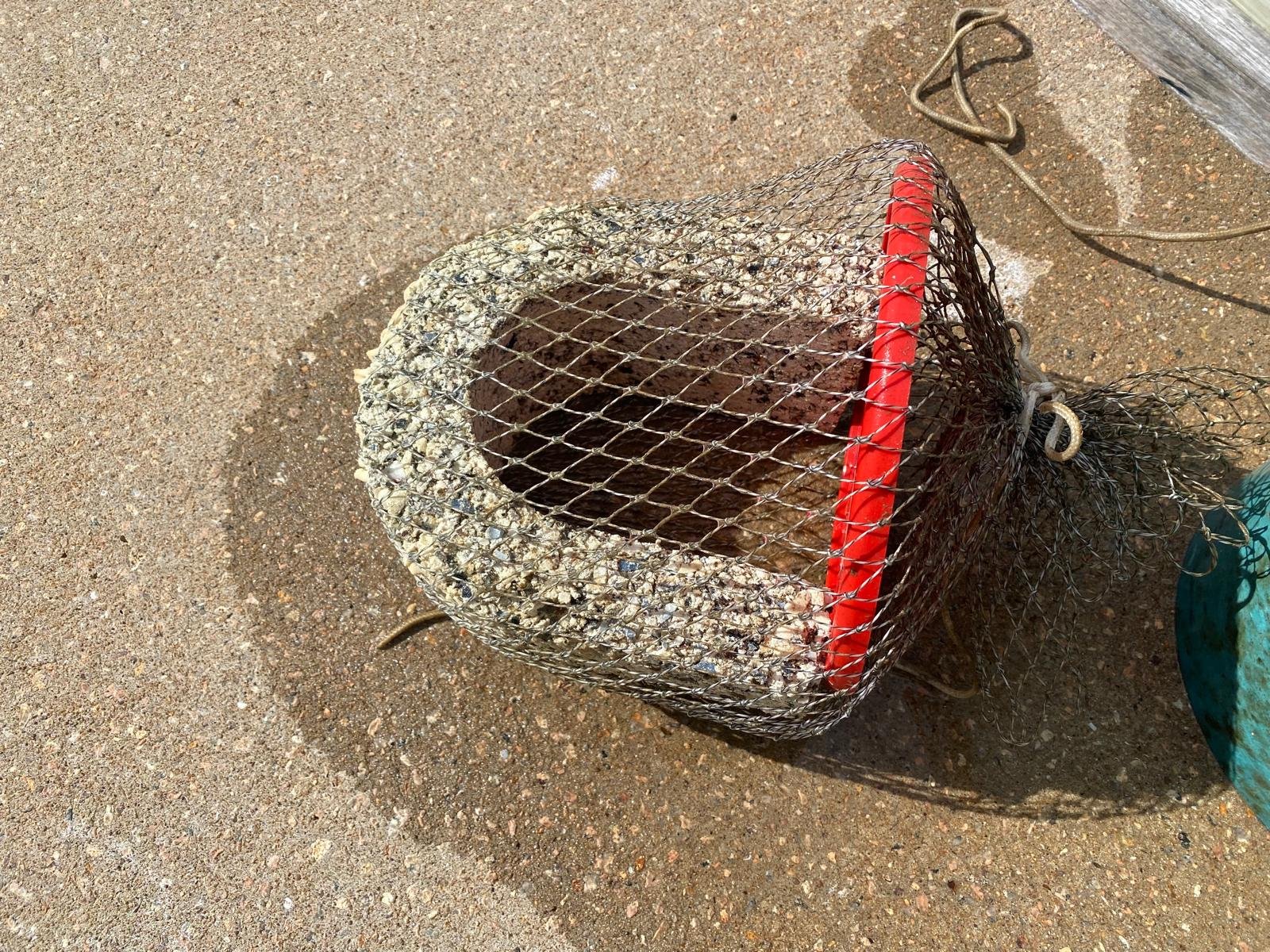
(MAY 2024) 2ND LAUNCH. In hopes of more growth and a different result, I decided to launch the arch in a fully submerged position.

Experimenting with different water parameters on the other side of Hong Kong!
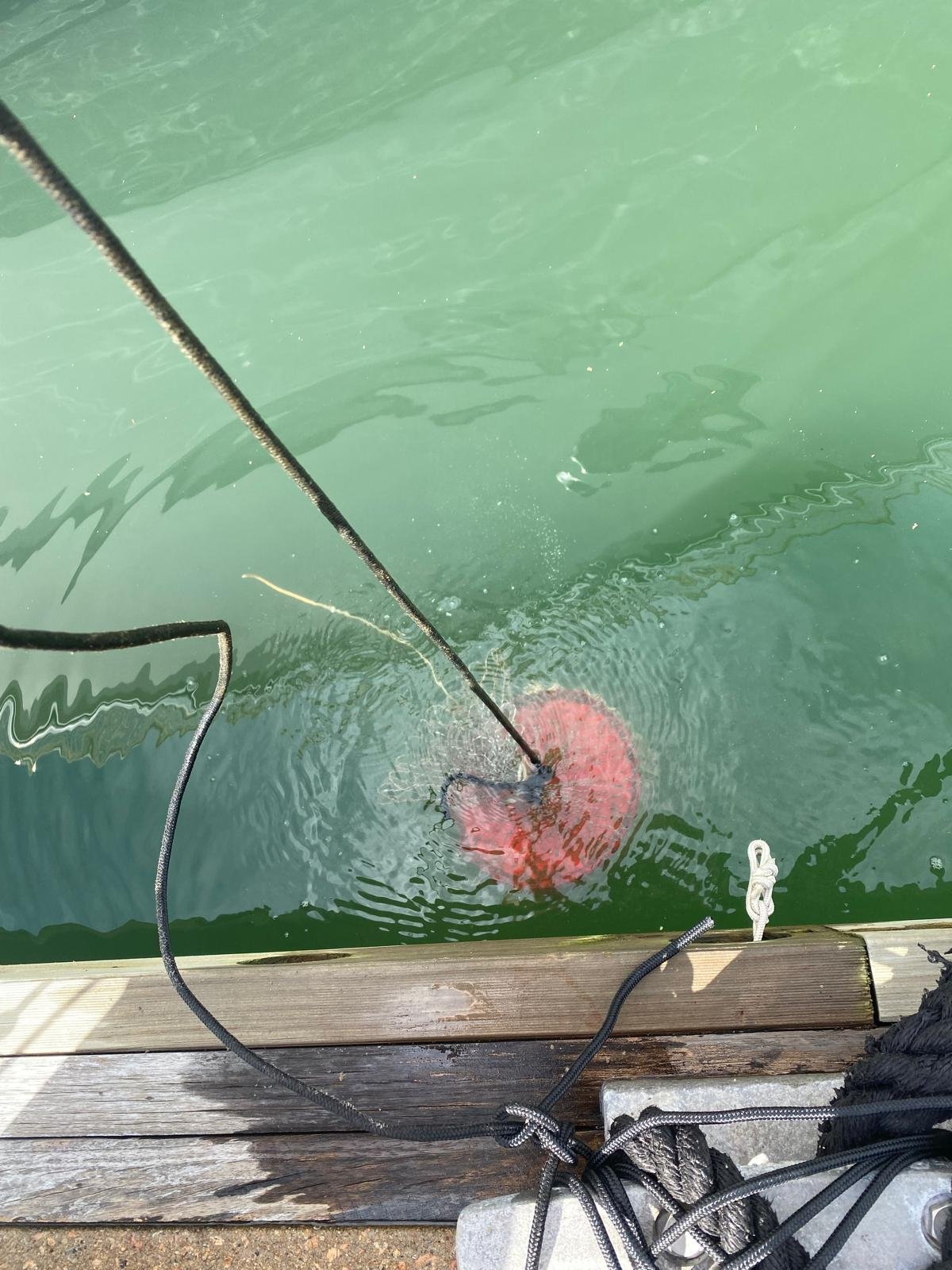
IN IT GOES
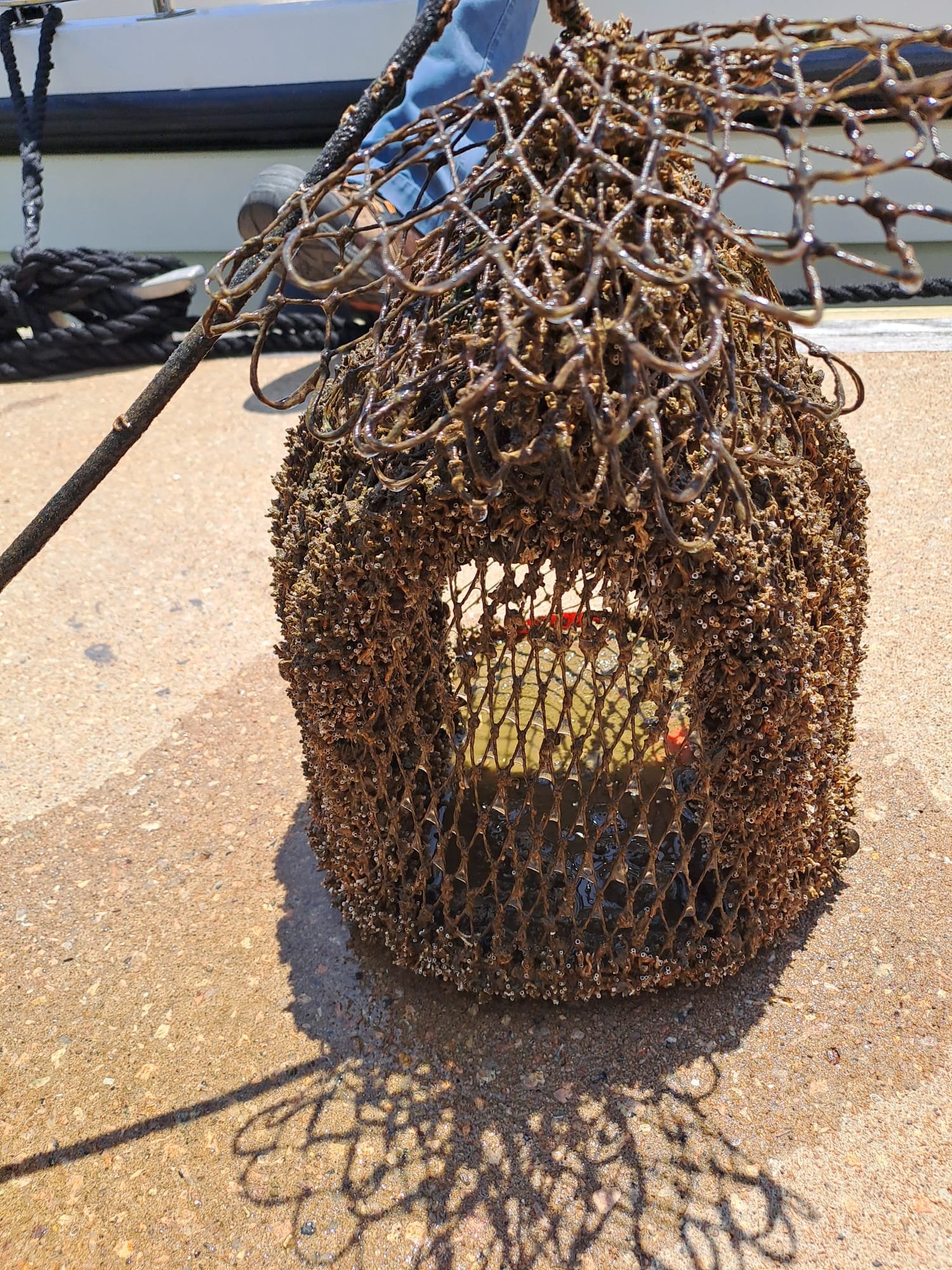

(JUNE 19TH 2024) ONE MONTH LATER WE CAN NOTICE SOME FORMING LIMESTONE ON THE ARCH...

(AUGUST 2024) 3 MONTHS LATER... MUCH MORE GROWTH

3 month milestone... An array of shellfish species and calcium carbonate reliant species have been colonizing the arch...
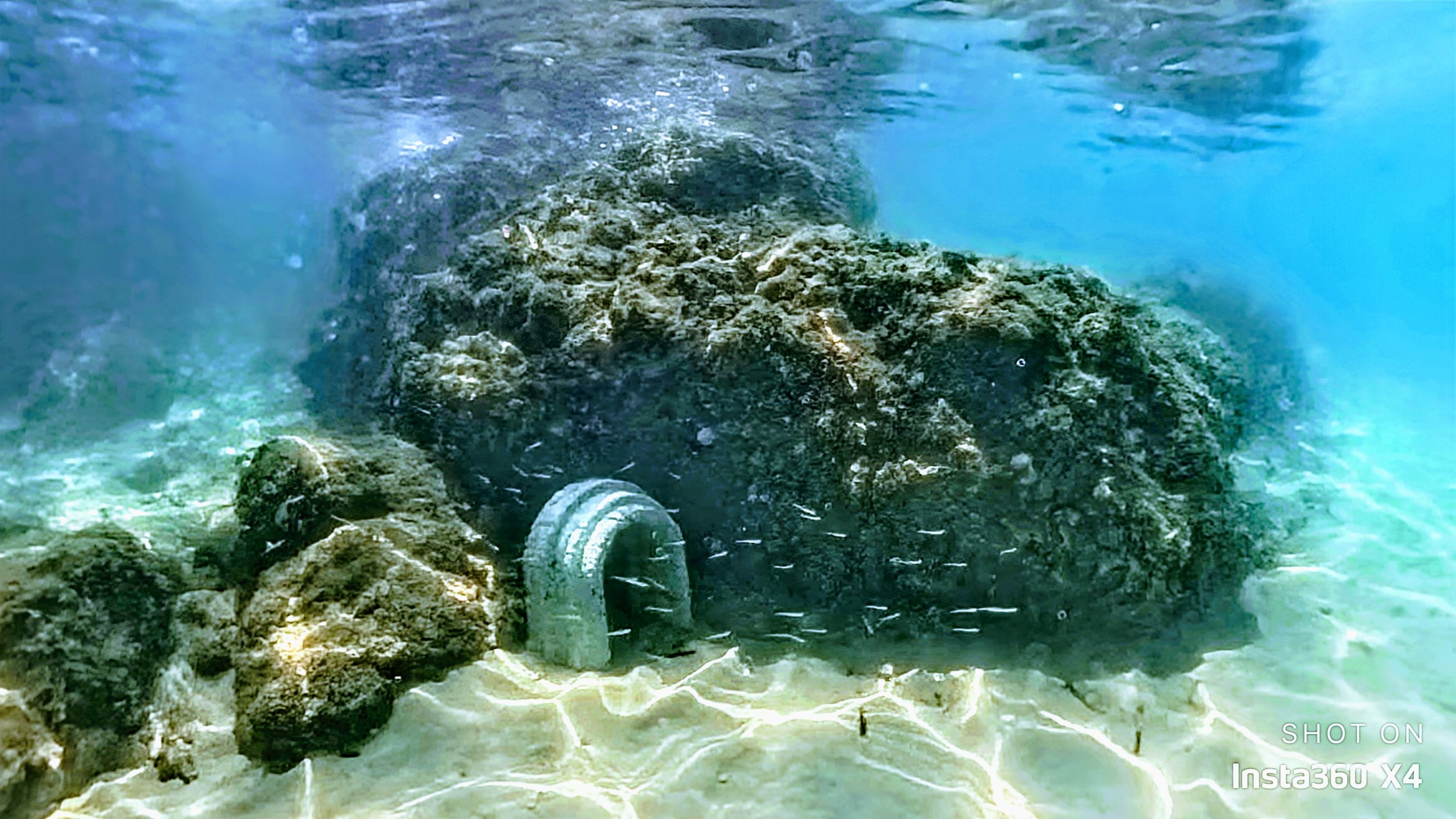
JUNE 2024..... LAUNCH IN GREECE


5 MONTH UPDATE...

JAM PACKED WITH SHELLFISH

5TH MONTH IN THE OCEAN! There is more growth than our 3 month milestone.

5TH MONTH... An Asian mussel (Arcuatula senhousia)
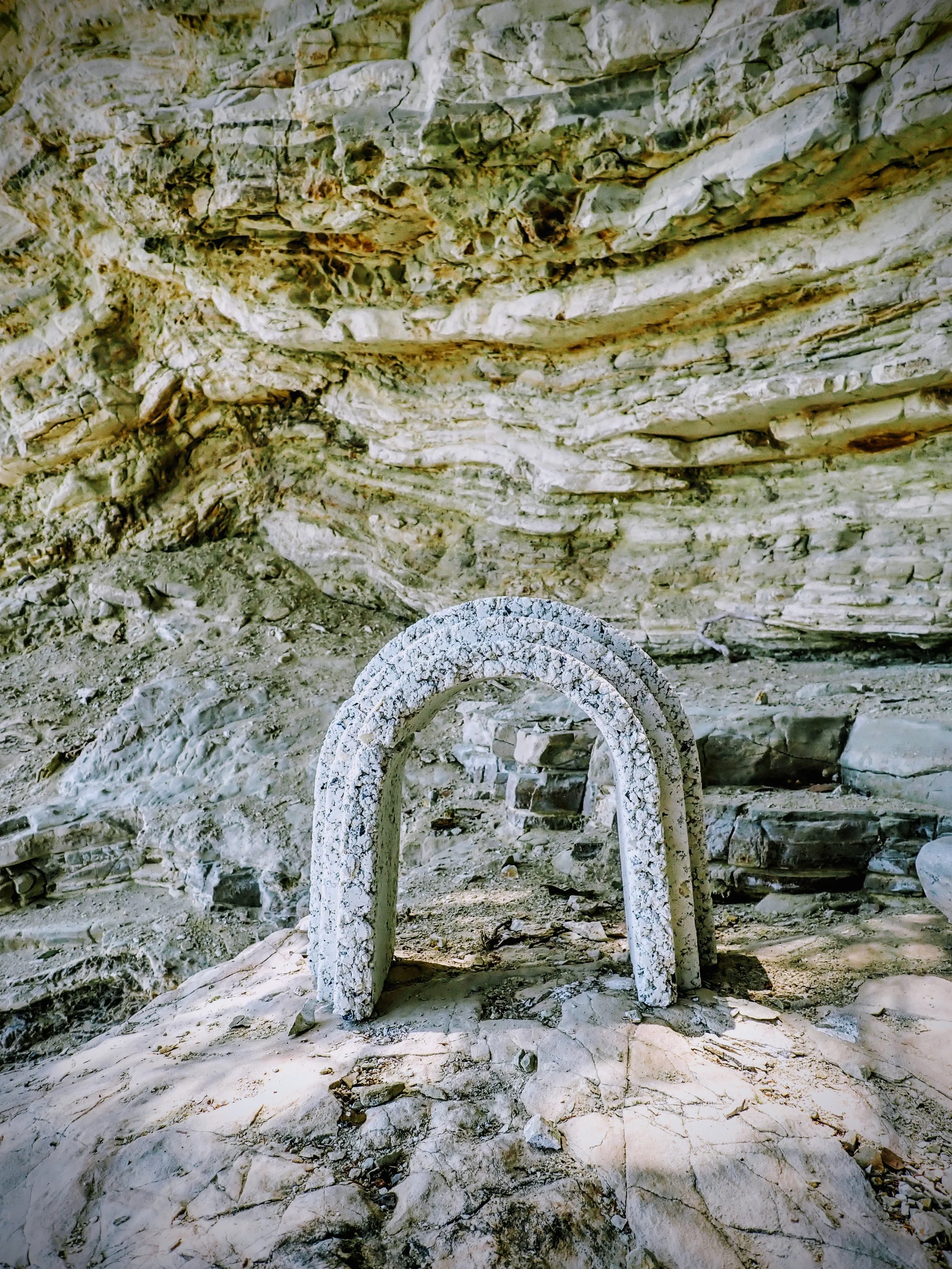

The Shell to Sea Arch is placed next to a colony of Aplysina Aerophoba, commonly know as the yellow Mediterranean sea sponge.

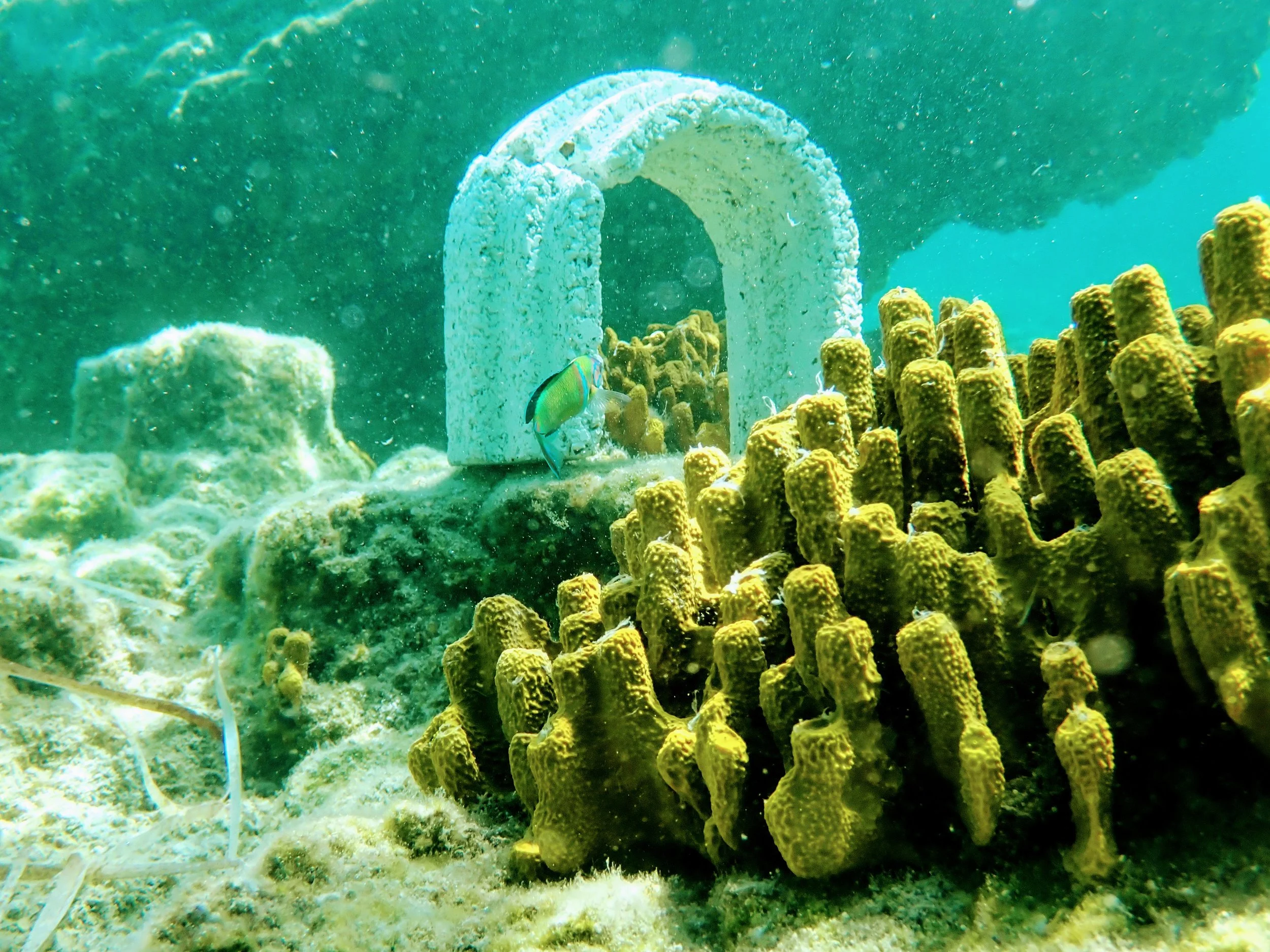
An green Mediterranean ornate wrasse (Thalassoma pavo) as well as other species of fish has been displaying fascinating behavior. I have observed the fish swarming near the arch and occasionally pecking at it with their mouths.

We can see 2 individuals of 2 identical fish species somewhat mirroring each other.
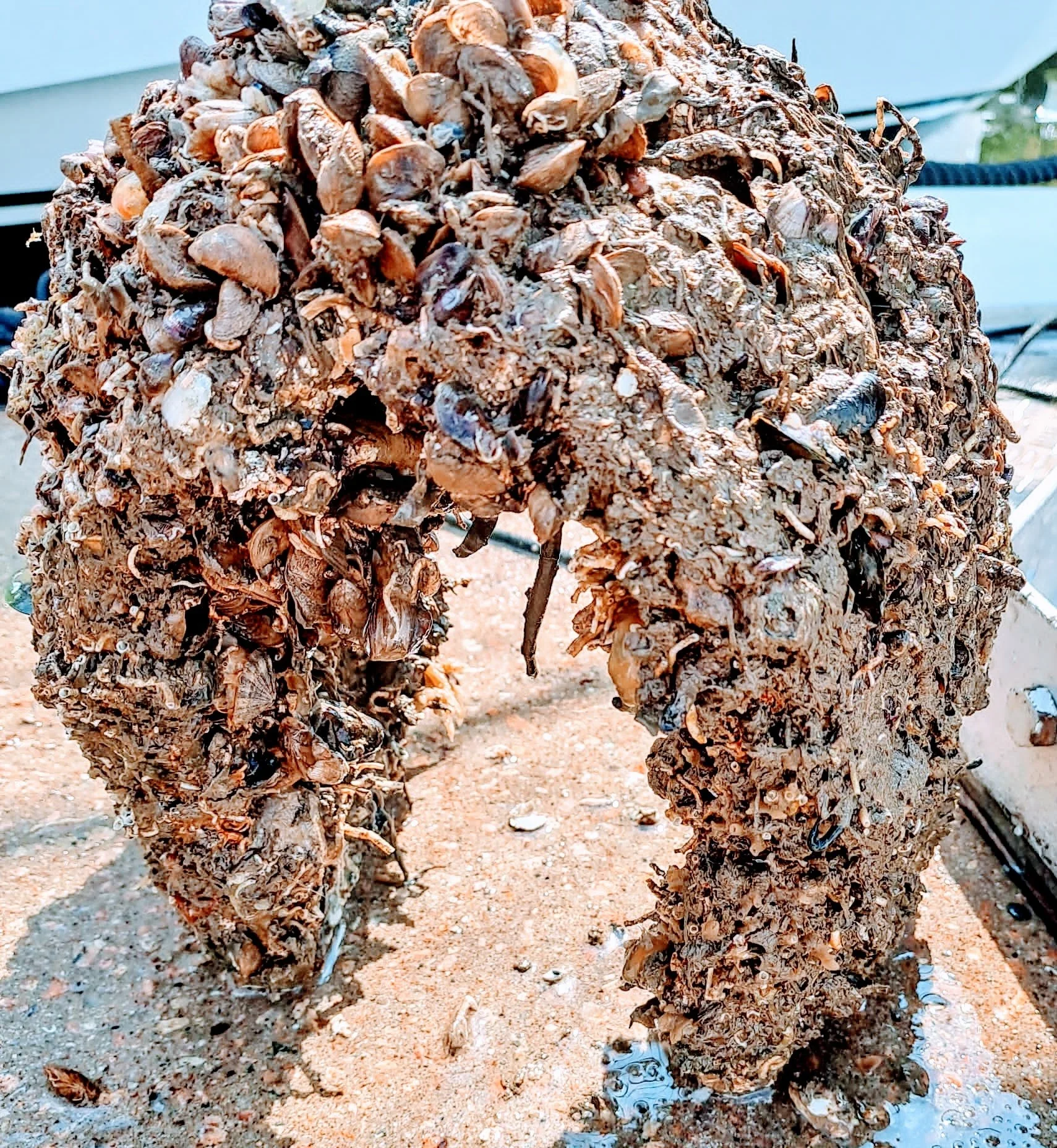
(JUNE 2025) ONE YEAR ANNIVERSAY... ASTOUNDING GROWTH.

It seems as if the arch has increased in size due to all the species piling on top of each other.


A WIDE VARIETY OF ORGANISMS

NURSERY FOR FISH

Rock goby (Gobius paganellus)

1 YEAR...

1 YEAR IN THE OCEAN

1 YEAR IN THE OCEAN

OYSTER GROWTH

THANK YOU PROFESSOR DAVID BAKER OF HKU FOR ALLOWING THE LAUNCH OF 2 ARCHES IN THE SWIRE FACILITY OF MARINE SCIENCE (S.W.I.M.S)


GETTING READY FOR MORE LAUNCHES

Thanks Professor James Hebert Read on suggesting the controlled sample experimentation.
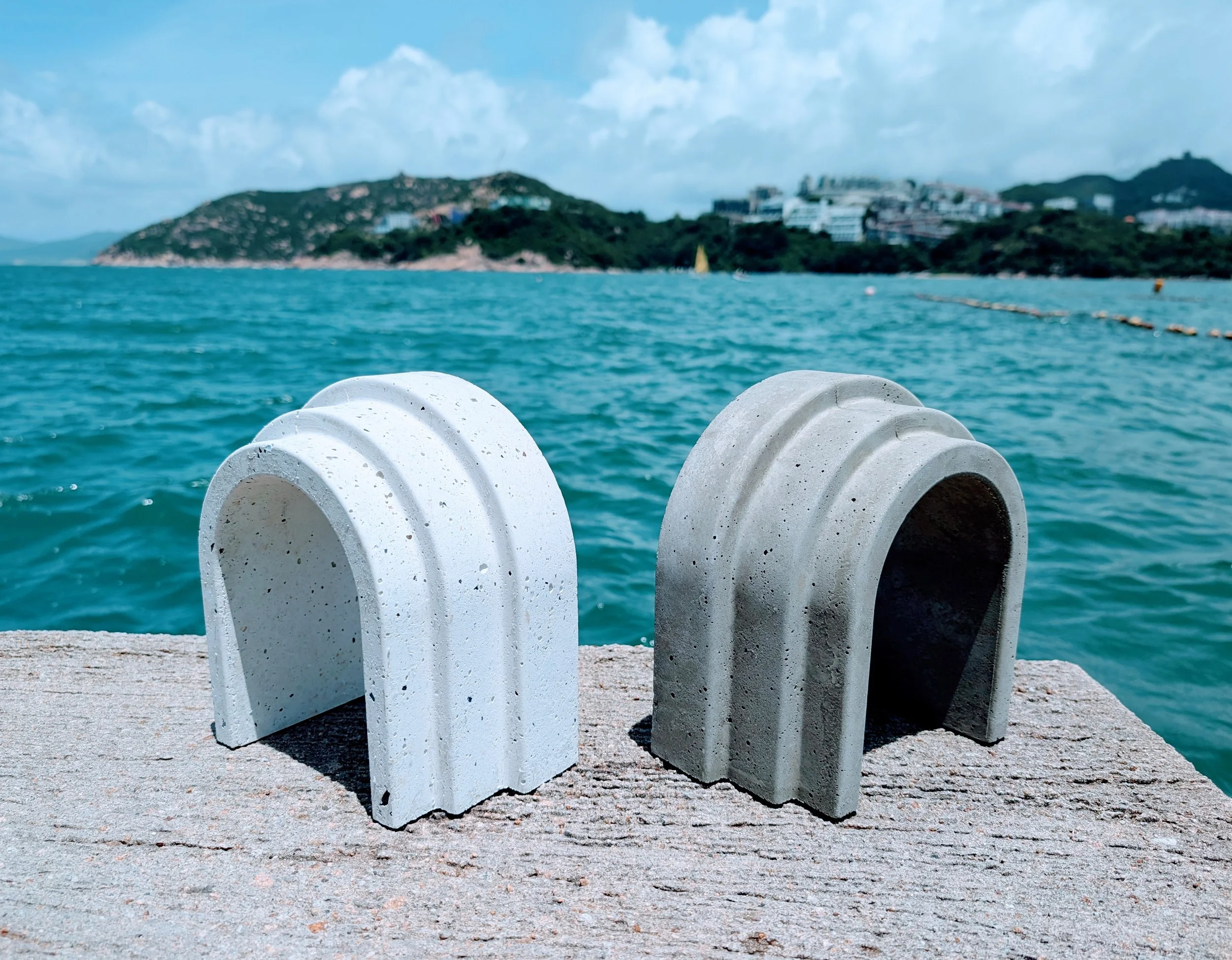
THIS EXPERIMENT INVOLVING THE USE OF A CEMENT AS A CONTROLLED SAMPLE

After 4 months of testing the controlled sample (on the right) and the shell composites sample (on the left) we can clearly see that there are much more growth on the shell composet sample. This is one out of the many experiments we will conduct with samples made from different materials.

Another shell composite that has been in the ocean for 8 months long.



